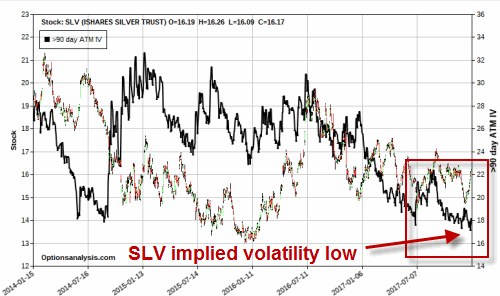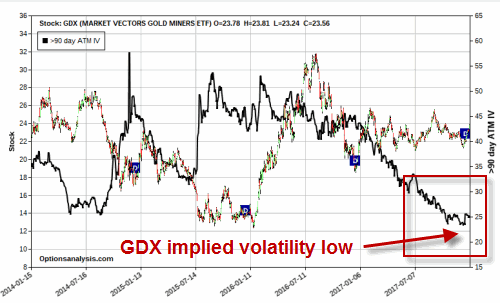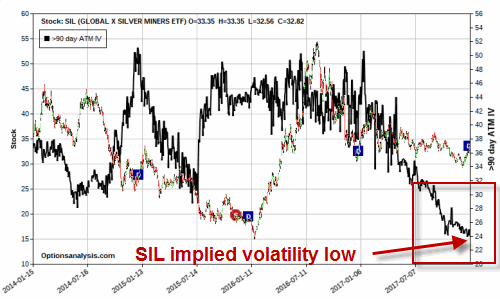We live in interesting times. All the buzz these days seems to revolve around a technology (Blockchain) of which most people don’t have the slightest idea how it works, and a trading vehicle (crytocurrencies, particularly Bitcoin) that most people don’t have the slightest idea what it is. Speaking of buzz, legal marijuana appears to be pretty popular among people with whom marijuana is pretty popular.
I myself am attempting to develop a hybrid technology (Potchain technology) to tap into these manias, er, I mean “sound investment opportunities.” Now the truth is that I don’t really know how this new technology of mine will work or what it is supposed to do. So there is not much point in toking, er, talking about it at length at this time. Still, I am thinking that if I can just tap into the “stoned Bitcoin trader” market – at least while they still have some money to spend – well, enough about all of that for now.
Also, please remember that I have still have plenty of JCoins available for speculative purchase if anyone is interested. You can buy all of the JCoins you’d like on JBay.com and pay for them on JayPal.com. But (ironically) I don’t accept JCoins as a form of payment because, well, what would be the point of that?
Anyway….
Meanwhile Back in Squaresville
“Jay’s Vanguard System” below is one I have followed for many years. It is really boring. Also the returns (and rewards versus risk) are probably in the range that most would quantify as “Good, Not Great.” But I am OK with that.
The “System” (such as it is) involves holding a particular Vanguard fund during a particular month, as shown below.
Figure 1 – “Jay’s (Boring) Vanguard System”
There are 3 stages:
Boring: Vanguard Equity-Income Fund Investor Shares during March, April and May
Boring”er”: Vanguard Wellesley Income Fund Investor Shares during November through February
Boring”est”: Vanguard GNMA Fund Investor Shares (June through October)
For the record, Vanguard is pretty militant about “switching” but the shortest holding period is three months so as long you’re not switching billions of dollars there are (to date) no hassles.
Figure 2 displays the growth of $1,000 invested since 1980 using the “System” versus Buy and Hold. Figure 2 – Growth of $1,000 using “Jay’s Vanguard System” versus buying and holding the 3 funds used in the System (Data Source: Monthly Total Return data from PEP Database from Callan Associates); Jul 1980-Dec 2017
Figure 2 – Growth of $1,000 using “Jay’s Vanguard System” versus buying and holding the 3 funds used in the System (Data Source: Monthly Total Return data from PEP Database from Callan Associates); Jul 1980-Dec 2017
Performance data appears in Figure 3:
| System | BuyHold | |
| Average 12 mo% | +12.9% | +9.3% |
| Median12 mo% | +11.9% | +7.8% |
| Std Deviation % | 8.2% | 7.0% |
| Ave/Std Dev | 1.58 | 1.32 |
| Worst 12mo% | (-4.2%) | (-5.7%) |
| Max Drawdown% | (-9.3%) | (-6.7%) |
| $1,000 becomes | $77,446 | $23,766 |
Figure 3 – Performance Figures – “System” versus “Buy/Hold”; Jul 1980-Dec 2017
Summary
Is this a great, “world-beater” system? Not at all. But for that seemingly ever smaller pool of investors of the “slow and steady” variety, it might be of interest.
Jay Kaeppel
Disclaimer: The data presented herein were obtained from various third-party sources. While I believe the data to be reliable, no representation is made as to, and no responsibility, warranty or liability is accepted for the accuracy or completeness of such information. The information, opinions and ideas expressed herein are for informational and educational purposes only and do not constitute and should not be construed as investment advice, an advertisement or offering of investment advisory services, or an offer to sell or a solicitation to buy any security.

















